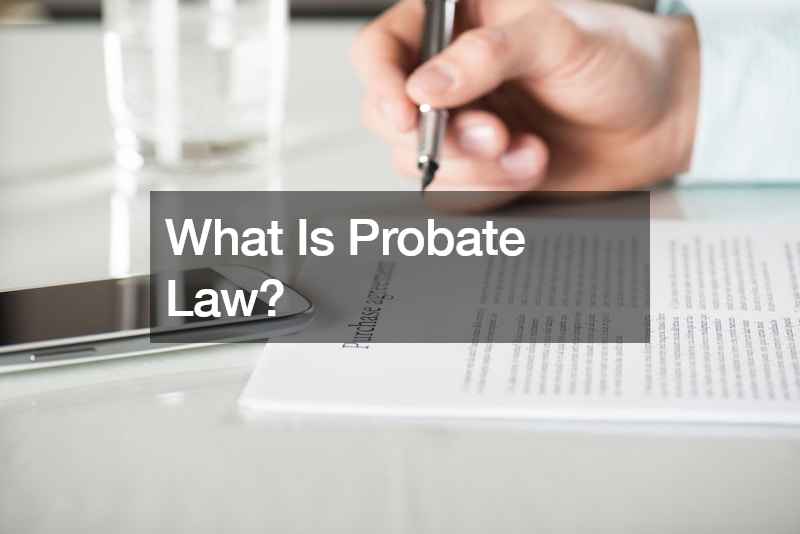Even the most cautious drivers can find themselves in the unfortunate situation of a car accident. While the primary concern should always be the safety of yourself and others involved, understanding the process for filing an insurance claim can help alleviate some of the stress during this already challenging time. This guide will walk you through the key steps involved in filing a car insurance claim after a collision.
Securing the Scene and Initial Actions
The first priority after a car accident is ensuring the safety of everyone involved. Check yourself and your passengers for injuries.
If medical attention is needed, call 911 immediately. If the accident is minor and no one is hurt, move your car to a safe location off the road to avoid further congestion.
Once the scene is secure, contact the police to file an accident report. The report will document details of the accident, including the date, time, location, parties involved, and a description of the damage. This official document serves as a crucial piece of evidence for your insurance claim.
Contacting Your Insurance Company
After the police have arrived, promptly contact your insurance company. Most insurance policies require you to report an accident within a specific timeframe, so don’t delay in getting in touch. Be prepared to provide them with the following information:
- Your name and policy number
- Details of the accident, including date, time, and location
- Names and contact information of all drivers involved, including their insurance companies and policy numbers (if available)
- A brief description of the damage to your vehicle
Understanding Your Coverage and Deductible
Your insurance policy outlines the specific types of coverage you have purchased. Liability coverage pays for damages to the other driver’s vehicle and property if you are found at fault for the accident. Collision coverage pays for repairs to your own car, regardless of who caused the accident. Uninsured/Underinsured motorist coverage protects you in situations where the at-fault driver has no insurance or not enough to cover the damages.
During your initial conversation with your insurance company representative, inquire about your deductible. This is the amount you will be responsible for paying out-of-pocket before your insurance coverage kicks in. Deductible amounts can vary depending on your policy and the type of coverage.
Gathering Evidence and Communication
Following the accident, it’s important to document everything meticulously. Take photographs of the damage to your car from multiple angles, including any surrounding damage to the scene. If possible, capture photos of the other vehicle’s damage and any visible injuries.
Throughout the claims process, maintain clear and consistent communication with your insurance company. Be truthful and avoid making any statements that could be misconstrued as admitting fault for the accident. If you have any questions or concerns, don’t hesitate to ask your insurance representative for clarification.
The Role of the Claims Adjuster
Your insurance company will assign a claims adjuster to investigate the accident. The adjuster will typically contact you to gather more information, review the police report and photos, and potentially inspect your vehicle to assess the extent of the damage.
It’s important to cooperate with the claims adjuster, but it’s also within your rights to have a car accident attorney present during the inspection. An attorney can ensure your rights are protected and advocate on your behalf to obtain a fair settlement offer.
Negotiating the Settlement and Repairs
Once the claims adjuster has assessed the damage, your insurance company will present a settlement offer to cover the repair costs. This offer may not always reflect the full cost of repairs, especially if the adjuster determines the value of your car is less than the repair estimate.
If you disagree with the initial settlement offer, you have the right to negotiate. Having a car accident attorney on your side can be invaluable during this stage. An attorney can review the adjuster’s findings, negotiate on your behalf, and potentially gather additional evidence to support a higher settlement amount.
Repairing Your Vehicle
Once you have accepted a settlement offer, it’s time to get your car repaired. Your insurance company may have a network of preferred repair shops, but you are not obligated to use them. It’s always a good idea to obtain quotes from several reputable repair shops before making a decision.
Be sure to keep all receipts and invoices related to the repairs for your records. Depending on your policy and the settlement agreement, your insurance company may pay the repair shop directly or reimburse you for the repairs after you have paid upfront.
Important Considerations
While this guide provides a general overview of the car insurance claims process, it’s important to remember that every situation is unique. The specific steps involved may vary depending on the severity of the accident, the details of your insurance policy, and the state you live in.
.




